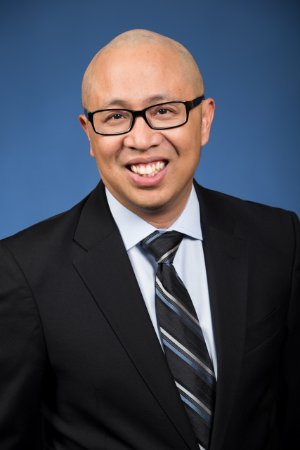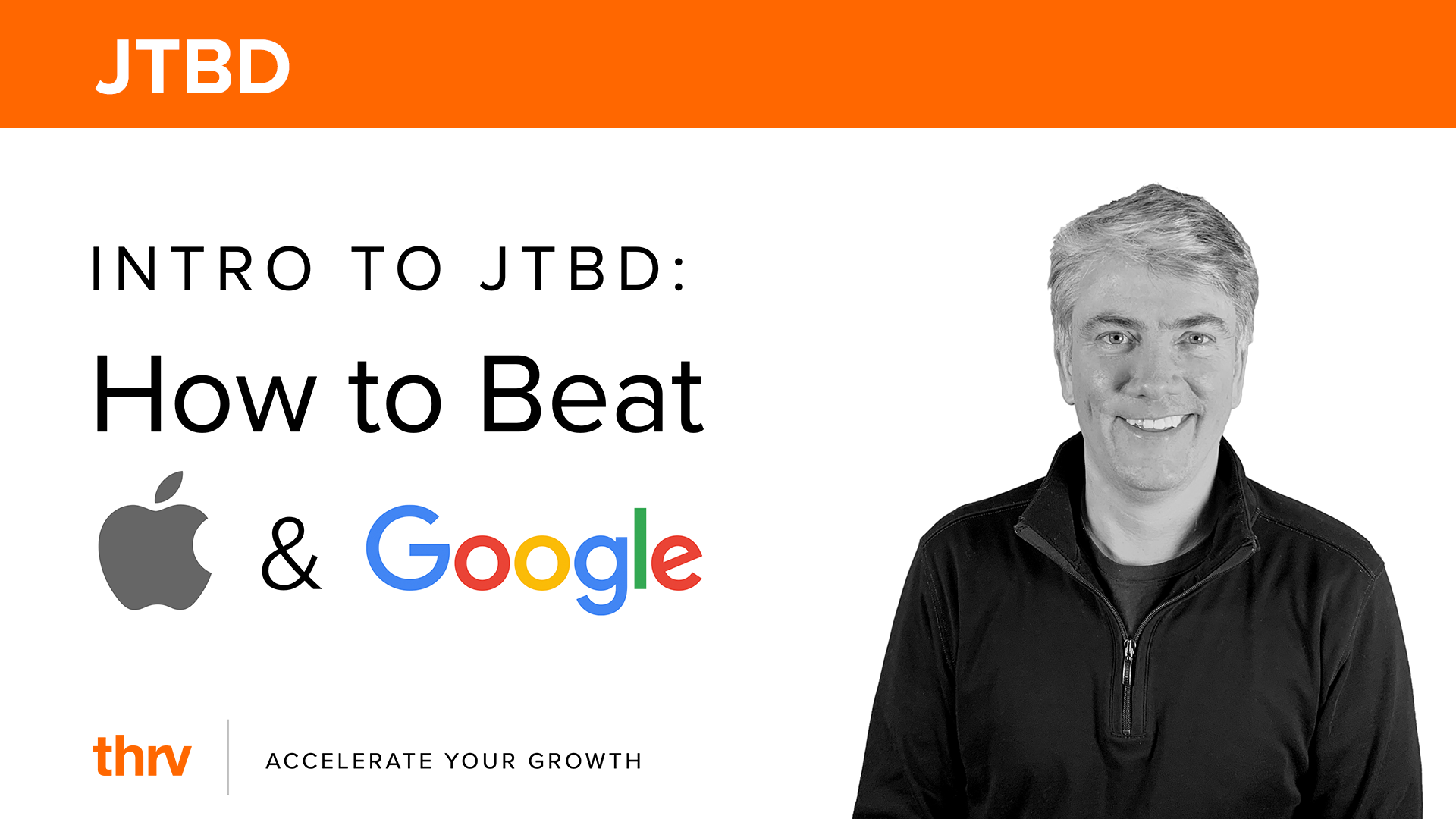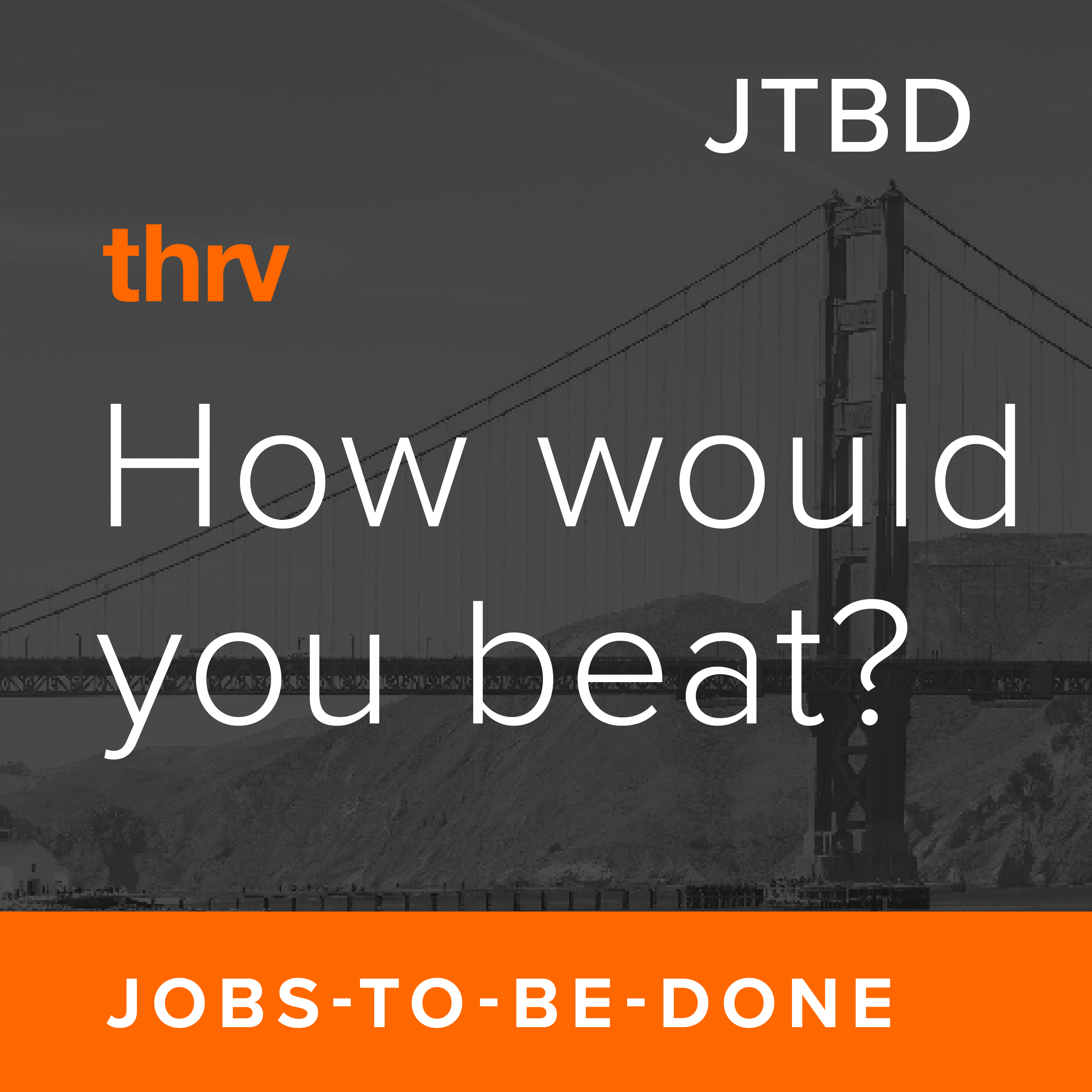April 26, 2018
How Kellogg School of Management Used JTBD for Better Customer Insight
 Graduates attend the Kellogg Class of 2012 Commencement Ceremony at Ryan Field on June 15, 2012. Photos by Justin Runquist
Graduates attend the Kellogg Class of 2012 Commencement Ceremony at Ryan Field on June 15, 2012. Photos by Justin RunquistWhat do you do when you’ve spent the lifetime of your business focusing on one type of customer and suddenly you realize the market has shifted beneath your feet? Your customers are not who you thought they were, and the value you’ve long provided them is put into question. Do you have to change what you offer? How do you deliver value to this new customer?
More importantly: why is this new buyer willing to pay?
The Multi-Million-Dollar Question
For Elmer Almachar, Senior Director, Strategy and Innovation, Kellogg School of Management, this was the multi-million dollar question. In the past, Kellogg’s enrollment for their executive MBA program was largely supported by company-sponsored tuition. Employees from top global companies would rely on their employer to sponsor them to attend the program, and in the end, the value to the company was that they had a more experienced, well-rounded employee.

Elmer Almachar, Kellogg School of Management
However, over time the market had changed. Company sponsorships had decreased by 43%, while the number of students paying their own tuition increased by 42%, according to the EMBA Council.
Tuition has gone up, outpacing inflation. Self-sponsorships have increased with them. Full sponsorships have declined so more students are paying a higher proportion of a larger tuition load—but why?
In this interview, Almachar explains how JTBD customer interviews led them to understand their customer and how to serve them better.
Analyzing the Market
What was the moment you realized there was a shift in the market?
When we saw the industry-wide sponsorship numbers, we knew something was going on. Although we knew that meant a change in how students were enrolling and paying, we didn’t know why it was happening and what that meant for our overall purpose. We had some educated guesses but we didn’t have the right method in place. All we had were traditional methods which meant all we would get is a traditional answer. We didn’t have anything available to us that could get to the underlying purpose and the underlying motivation—that is, until we explored Jobs to be Done with thrv.
Before investigating further, how did you view what you were offering students? What was the value before?
I would say in some ways we were a bit puzzled. Many EMBA programs emerge out of the traditional MBA curriculum. And so a large part of our program did the same, and you can see how it tilted us toward thinking about the degree in a traditional sense, largely focusing on what students get in class. Obviously, the curriculum is important and we believe that, in order to get an MBA, there are certain things we have to teach you.
However, we wanted to align the overall program more with why they are coming to us in the first place. We’d always thought there was something about their professional trajectory that influenced them to get an executive MBA. But we had the instinct that there was a deeper motivation there, we just didn’t have the method to get at that motivation.
Doing the Research
What were you hoping to accomplish through your jobs to be done research?
We entered into the research hoping to better understand why applicants were coming to us. We could understand why when companies were paying their way; it was likely a part of their professional development plan, succession plan, or trajectory within that company. But when [students are] paying their own way, it’s a bit murkier.
The time and opportunity they have to invest just by being a part of any EMBA program is pretty substantial. We wanted to understand what was driving students to choose our program.
Framing this in a Jobs to be Done way, our objective was to understand the job that our students are hiring the EMBA program to do for them. That was the heart of the project.
What hypothesis did you develop before going into the interviews?
We had a lot of hypotheses, which were all focused on career, but we couldn’t nail down what about their career made them apply. Mapping out the potential goals helped us expand how we entered into these conversations with students and, eventually, we realized it wasn’t just about their career. That was too limiting.
When you think about a career, you think about changing roles, or getting the next role. And getting into the EMBA program at Kellogg meant much more than changing roles to these students. The students we interviewed were in all kinds of roles, and they were articulating a lot of the same things regardless of what they ended up doing in those roles.
The big response we heard at first was, “I feel like I topped out, and yet I still feel like there are more places for me to go.”
Expressions like that got us thinking that it’s not just about career, it’s about their professional life more broadly understood. And oddly enough, that broader mindset was what allowed us to get to the “job” much faster.
Understanding the JTBD was "realizing my full potential" was a critical first step, but thrv also showed us how to break down this goal/JTBD to identify unmet needs in achieving this goal. This is what we found really powerful about working with thrv: we can identify needs as metrics which we can measure and act on to help our customers/students.
Getting the Job Done
How did thrv help you get to the job faster?
Although we had hypotheses, the jobs framework challenged us to think less about our own thoughts and more about what our students really needed. When we asked ourselves “what is the job students are hiring us to do?” our perspective shifted. This was the first time, from my experience, we were asking more open-ended questions like “what was going on in your life when you first thought about an MBA?” We wanted to get to the heart of why they were there and the only way to do that was to remove our own assumptions.
A large part of JTBD, and the value it brings is that it disciplines you to ask more open-ended questions and then to see the patterns that emerge.
What role did interviews play in your ability to get to, and validate, the finalized job?
We did 40-50 interviews, whether it was group interviews or individual interviews. We started out by talking to students as well as alumni. We would always have some questions prepared, but we tried to stay open-minded. Our first goal was just to listen and then to see the patterns of what we were getting and the responses.
I loved the question, “When did you first think about getting an MBA? What was happening in your life?” That’s a great entry point, because a lot of times, by the time they apply, they have already established a narrative for themselves in preparation for telling us what their story is. They’re preparing to be a successful candidate.
But when you go back and say, “What was going on in your life, what was the trigger point, the moment?” -- you get a little deeper into what was actually going on. Whether it was a pivot in their life, or they were responding to self-recognition. When speaking in retrospect, people are more likely to be honest because they're not trying to sell themselves.
Here were some of the responses we received:
- My mentor told me to do this.
- I’ve always wanted an MBA, I’ve just never had the time or the courage.
- I wanted to be a part of the business side of my company.
- I felt like there was something more.
- I didn’t know what I wanted, I just knew I didn’t want what I was doing.
That led us to this idea that we were fulfilling the job of helping our students realize their full potential.
It was really the interviews that allowed us to recognize the patterns and helped us identify the particular job. As we probed, it was amazing and striking how many times a student came to their own “aha” moments about their own motivations. It was almost like therapy for a service industry like ours.
And when they express their own “aha” moment, that’s when you know you’ve hit something deep. That’s when you know you’ve connected with that “job”.
After recognizing and validating the job of “realizing my full potential,” the next step is figuring out the best way to help them get there.
We feel we’ve finally found the real purpose of our program, not just to be the best teachers, but to help guide our students through that journey.
Posted by Breena Fain View all Posts by Breena Fain
Learn How to Grow Faster
Learn how to use JTBD to accelerate your growth and create equity value faster.





